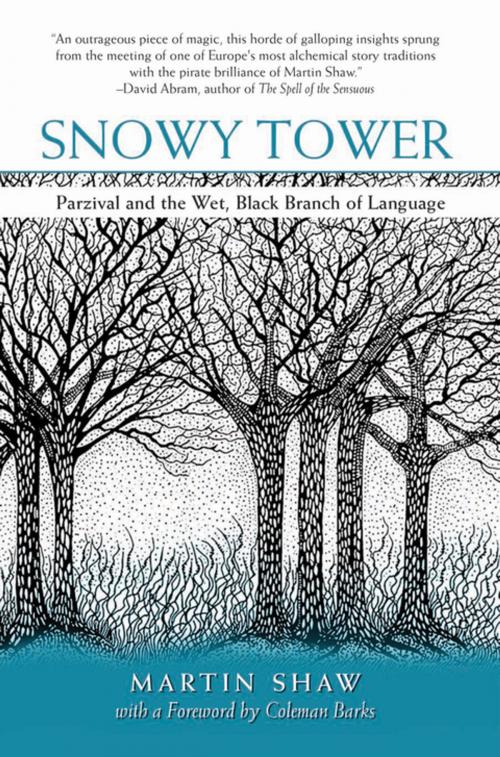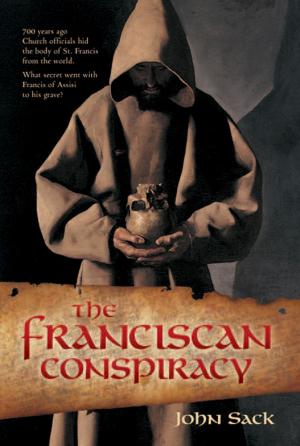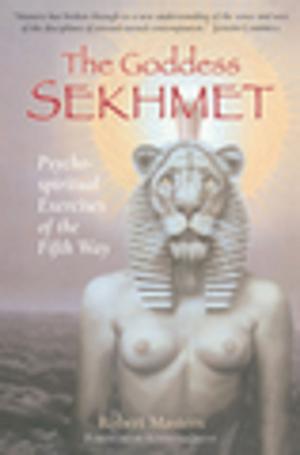Snowy Tower
Parzival and the Wet Black Branch of Language
Nonfiction, Social & Cultural Studies, Social Science, Folklore & Mythology| Author: | Martin Shaw | ISBN: | 9781935952930 |
| Publisher: | White Cloud Press | Publication: | February 28, 2014 |
| Imprint: | White Cloud Press | Language: | English |
| Author: | Martin Shaw |
| ISBN: | 9781935952930 |
| Publisher: | White Cloud Press |
| Publication: | February 28, 2014 |
| Imprint: | White Cloud Press |
| Language: | English |
In Snowy Tower, Dr. Martin Shaw continues his trilogy of works on the relationship between myth, wilderness, and a culture of wildness. In this second book, he gives a telling of the Grail epic Parzival. Claiming it as a great trickster story of medieval Europe, he offers a deft and erudite commentary, with topics ranging from climate change and the soul to the discipline of erotic consciousness, from the hallucination of empire to a revisioning of the dark speech of the ancient bards. Ingrained in the very syntax of Snowy Tower is an invocation of what Shaw calls ‘wild mythologies’ — stories that are more than just human allegory, that seem to brush the winged thinking of owl, stream, and open moor. This daring work offers a connection to the genius of the margins; that the big questions of today will not be solved by big answers, but by the myriad of associations that both myth and wilderness offer.
In Snowy Tower, Dr. Martin Shaw continues his trilogy of works on the relationship between myth, wilderness, and a culture of wildness. In this second book, he gives a telling of the Grail epic Parzival. Claiming it as a great trickster story of medieval Europe, he offers a deft and erudite commentary, with topics ranging from climate change and the soul to the discipline of erotic consciousness, from the hallucination of empire to a revisioning of the dark speech of the ancient bards. Ingrained in the very syntax of Snowy Tower is an invocation of what Shaw calls ‘wild mythologies’ — stories that are more than just human allegory, that seem to brush the winged thinking of owl, stream, and open moor. This daring work offers a connection to the genius of the margins; that the big questions of today will not be solved by big answers, but by the myriad of associations that both myth and wilderness offer.















